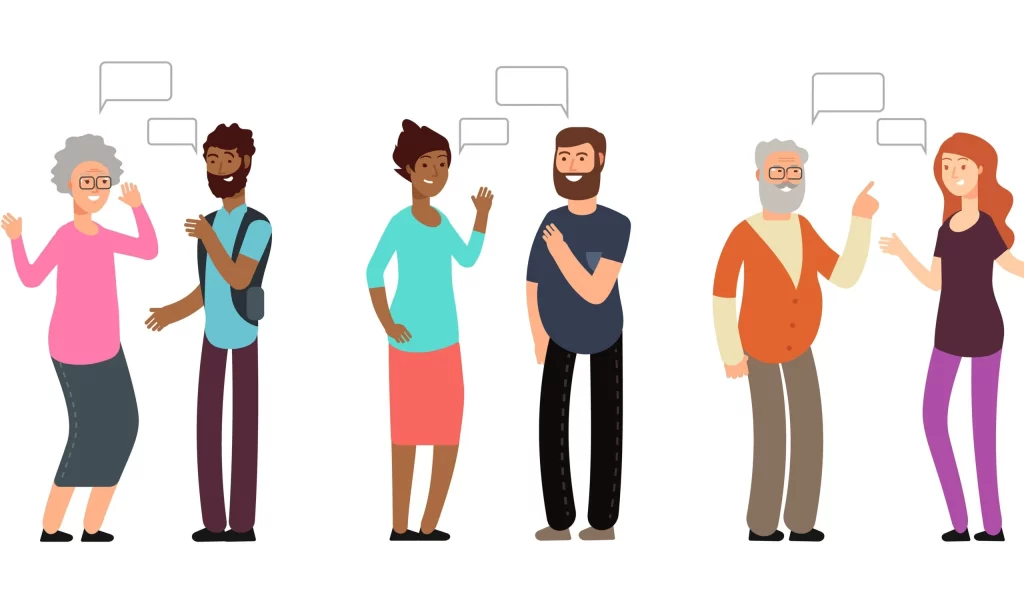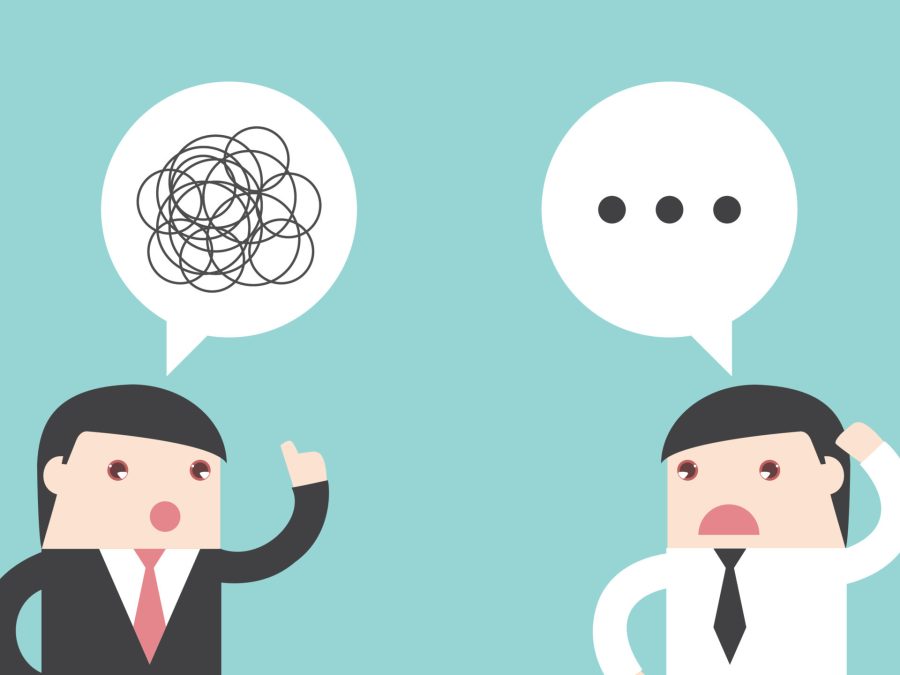What is Encoding & Decoding?
Encoding and decoding are processes which are commonly used in the fields of information technology, communication, and data analysis. These terms refer to the transfer of information from one form to another.
Encoding: Encoding is the process of converting information from one format or portrayal to another. It is the process of converting information or a message into a different code or language than the original form. Encoding is used for various reasons, It allows information to be represented in a more secure way.
Decoding: Decoding is the opposite of encoding. It involves converting encoded data or messages back to their original form. Decoding is required for understanding and interpreting the encoded information.
Encoding & Decoding Model of Communication:
According to Stuart Hall’s Model of Encoding and Decoding in Communication, the producers encode messages to convey particular meanings. After that, the audience then consumes and interprets these messages. Stuart Hall draws attention to the fact that different people decode in different ways and that these differences can be due to various factors, including identity and personal experiences.
The Model Visualised:

Encoding, Decoding and Us:

Encoding and decoding are fundamental processes that occur when people communicate with one another in person. The transfer and interpretation of verbal and nonverbal signals are involved in these processes.
When a person speaks, their thoughts are encoded into words. This involves choosing the right vocabulary, voice, and pace to effectively convey the intended message. Another person on the receiving end listens to the spoken words, observes nonverbal cues, and decodes the message in order to understand the speaker.
Encoding, Decoding and The Internet:
When you share a post on social media, you can decide to categorise it with hashtags so that others who are interested in similar topics can find it. For example, #Holiday, #Party, #Dinner; it all depends on the activity. Selecting relevant hashtags and including them in your post is part of the encoding process.
The decoding starts when an individual who is interested in your activity wants related posts and searches for the relevant hashtag. The search is decoded by the social media platform, which gathers all posts that have been encoded with the hashtag. Hashtags work as a form of encoding that improves the organisation and access of content on social media platforms.

Instagram 
Instagram 
Instagram
Final Thoughts:
Encoding and decoding are vital to enhancing information transfer and understanding across multiple platforms. Encoding allows effective retention, delivery, and processing by converting information to alternative formats while decoding effortlessly restores the original content.
Encoding and decoding, in conclusion, promote simplified and effective information exchange, which contributes to improved communication, efficiency, and technological advancements.
In-depth explanation of Encoding and Decoding if you would like further information:
References
N Mambrol (2020) Analysis of Stuart Hall’s Encoding/Decoding Available from https://literariness.org/2020/11/07/analysis-of-stuart-halls-encoding-decoding/ [Acessed 19th November 2023]
Cheyenne Cassidy (2023) Stuart Hall’s Encoding and Decoding Explained. Youtube. Available from https://www.youtube.com/watch?v=bmHk5IunOSo [Acessed 19th November 2023]


Hi, Shaentae! After reading your blog I have a very deep understanding of Encoding and Decoding.
Thank you for your comment!